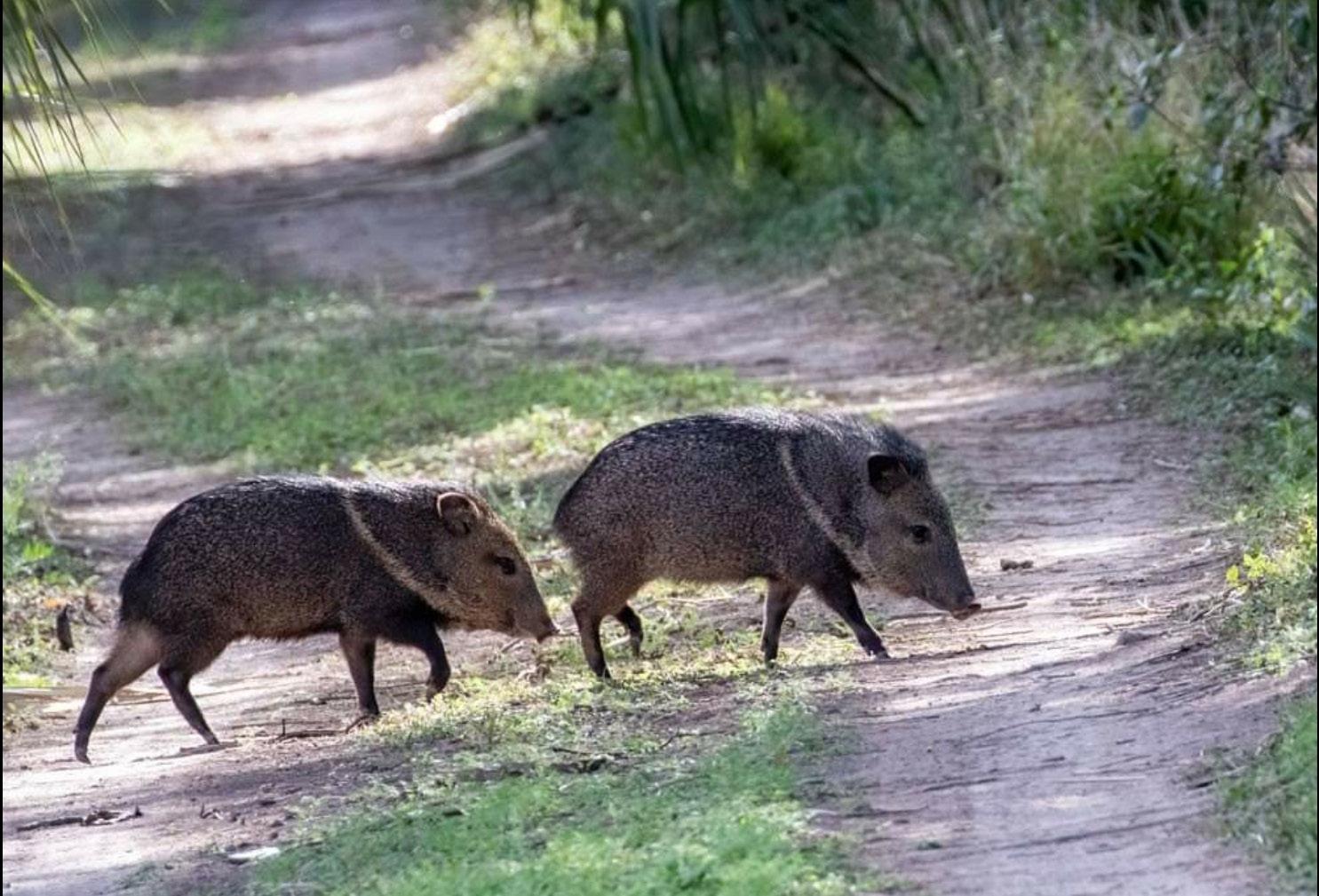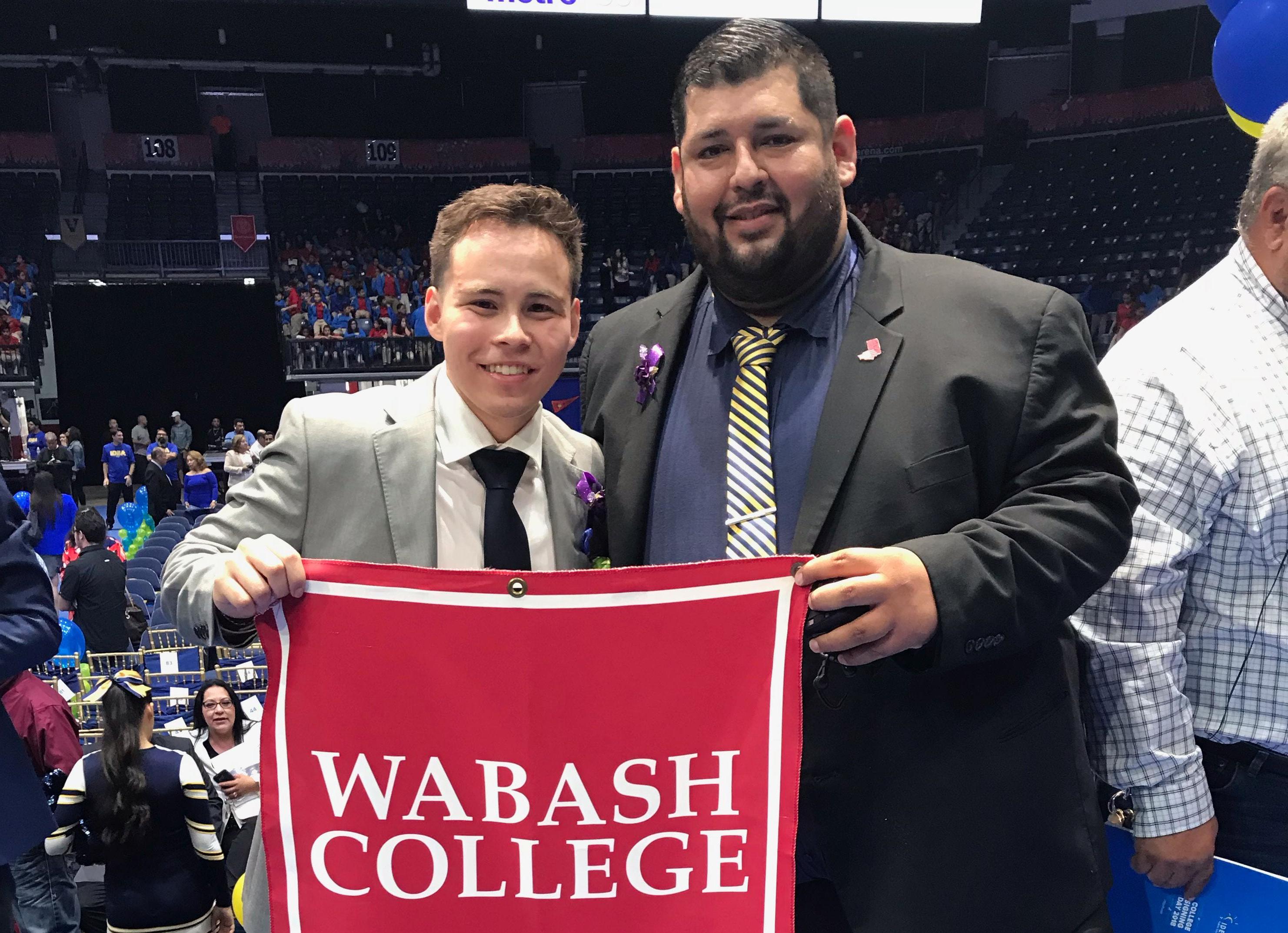
3 minute read
Most History - Friendship in Foreign Soil
Japanese Farmers in the Rio Grande Valley
by Tom Fort, Senior Historian

Imagine leaving home and moving to a country on the other side of the world where you have to adapt to not one but two foreign cultures in order to prosper.
Such was the experience of Japanese farmers that started moving to the Rio Grande Valley in the 1910’s. This first wave of Japanese immigrants (called issei) to move to the “Magic Valley” was a group of about fifteen families. Farmers such as Heishiro Miyamoto, Uichi “Hugh” Shimotsu, and others found success and brought other Japanese to the region. They even brought “picture brides” from mainland Japan to settle down and raise families, while others, such as Tomazo “Tomas” Kato from Hidalgo, married locally. Weathering hurricanes and dips in the economy, the issei farming experience in the Rio Grande Valley was one of trial and error. In 1919, a group of seven Japanese farmers from San Benito bought the 400-acre tract in Southmost that was previously the Brulay Sugar Plantation. After renaming it the Yamato Colony (a Japanese term for friendship), these farmers experimented with growing rice. However, the depleted soil made it a difficult venture that collapsed a few years later. Undeterred, the Japanese farmers dispersed around the Rio Grande Valley and started new farms that grew other crops such as citrus, cotton, and cabbage. Minoru “Jimmy” Kawahata, who operated several hundred acres of farmland on the Rio Grande near Hidalgo, became a “big time operator” when he opened up a packing shed that shipped Japanese produce north to Houston and beyond.
Many of the second generation of Japanese (called nissei) reached adulthood around the time of the United States entry into World War II. Following the Dec. 7, 1941 bombing of Pearl Harbor, anti-Japanese sentiment became prevalent around the United States. Elsewhere in the country, 120,000



Japanese-Americans were rounded up and placed into internment camps by the United States government. Through connections with other Valley farmers and employees, none of the Japanese from the Rio Grande Valley were interned, but they were heavily monitored by the FBI and local law enforcement. Many of these Rio Grande Valley nissei enlisted in the famous 442nd Infantry Regiment, an all-Japanese U.S. Army regiment that played a major role in the Allied invasion of Italy and France.
With the motto of “Go For Broke!”, the 442nd distinguished itself in heavy fighting that gave the unit a sixty percent casualty rate as well as the most decorations in the history of the U.S. Army in relation to time spent in combat.
After the war, returning Japanese veterans still faced resentment in some areas of the United States. Hearing word that the Rio Grande Valley was a friendly place, several families from California packed their bags and moved to the Valley for a new life. Through toil, risk taking and patriotic sacrifice to their adopted country, the Japanese were able to establish a foothold in the Rio Grande Valley and earn their piece of the American dream.














